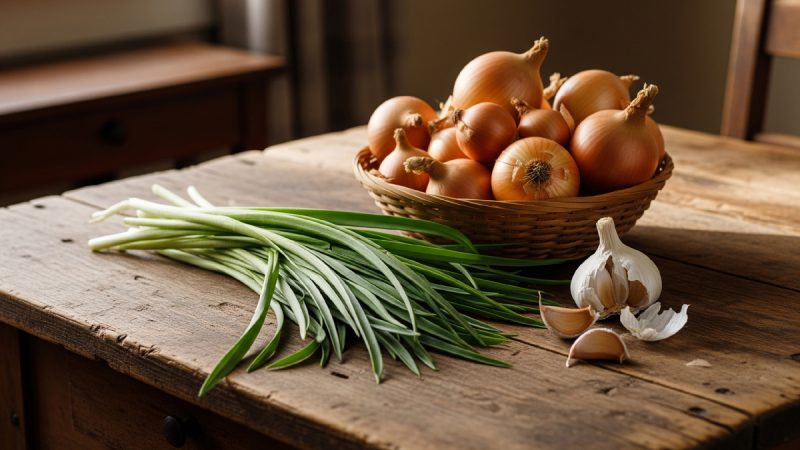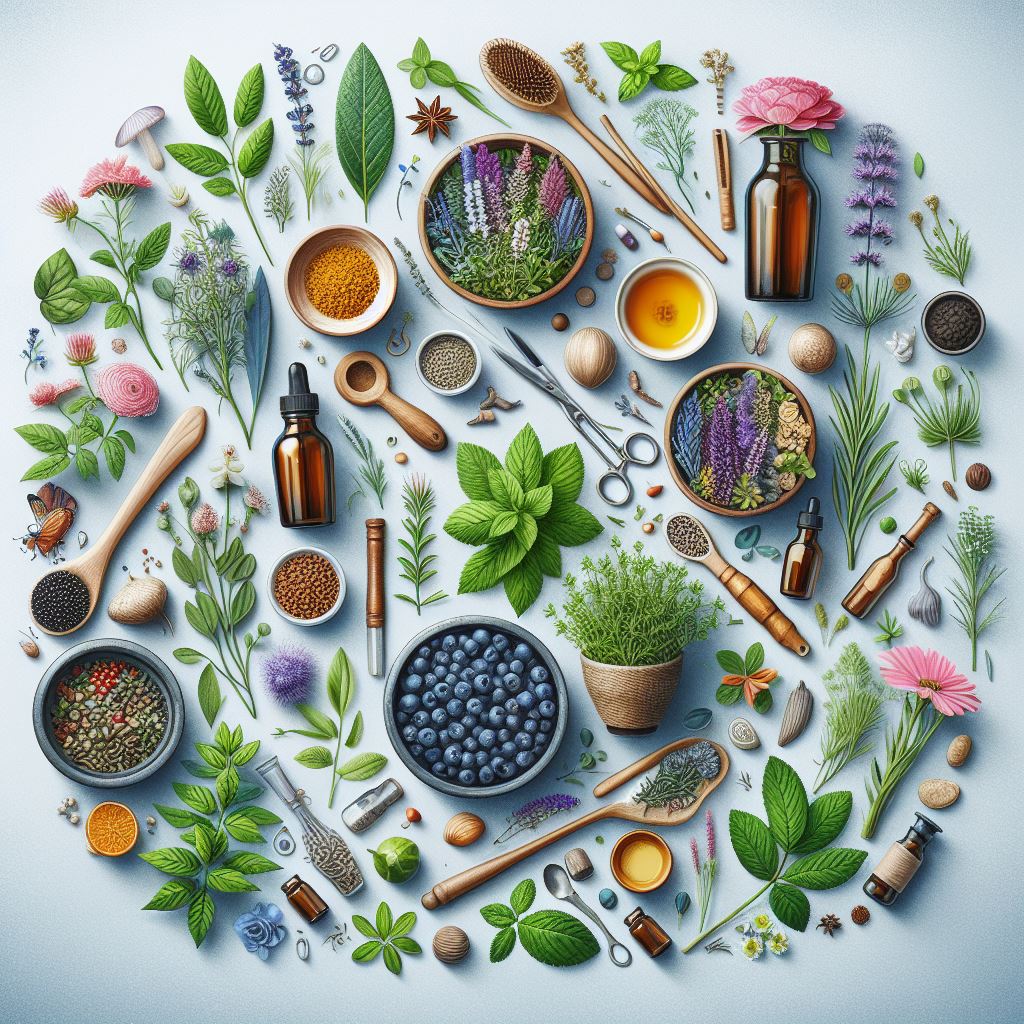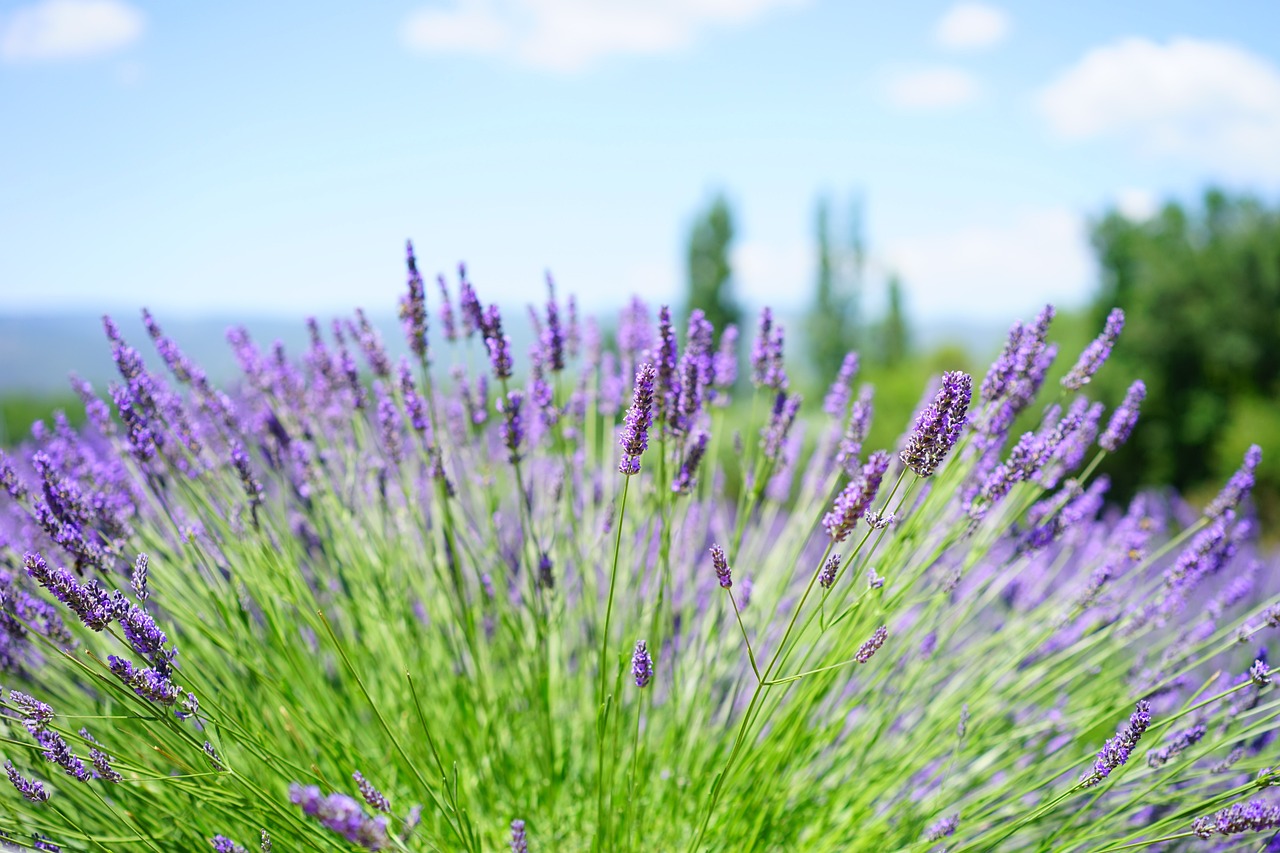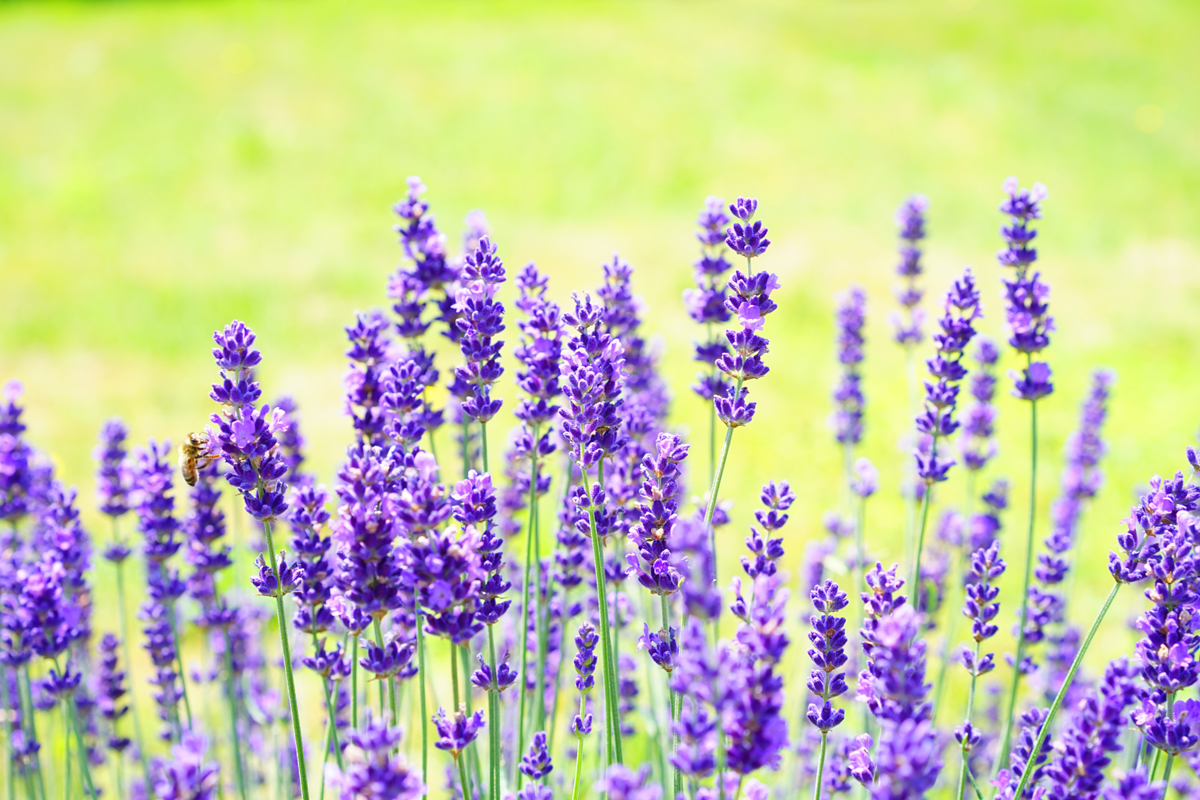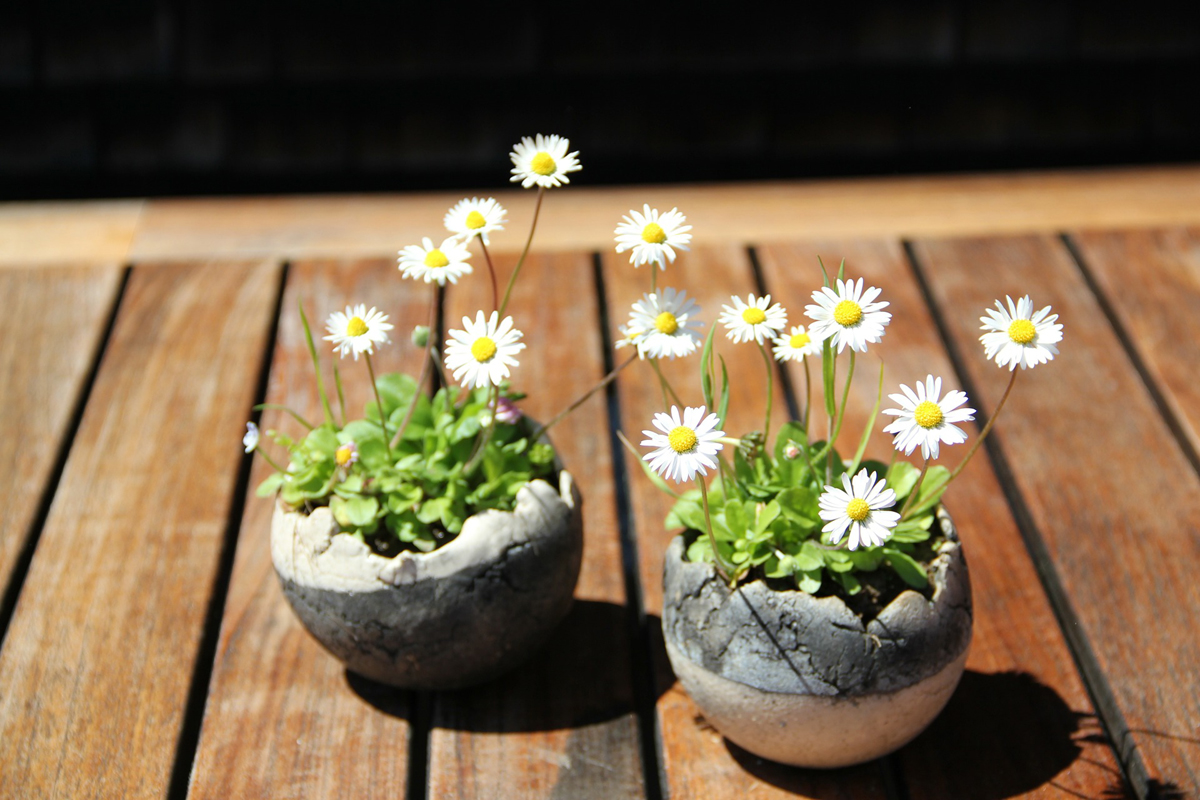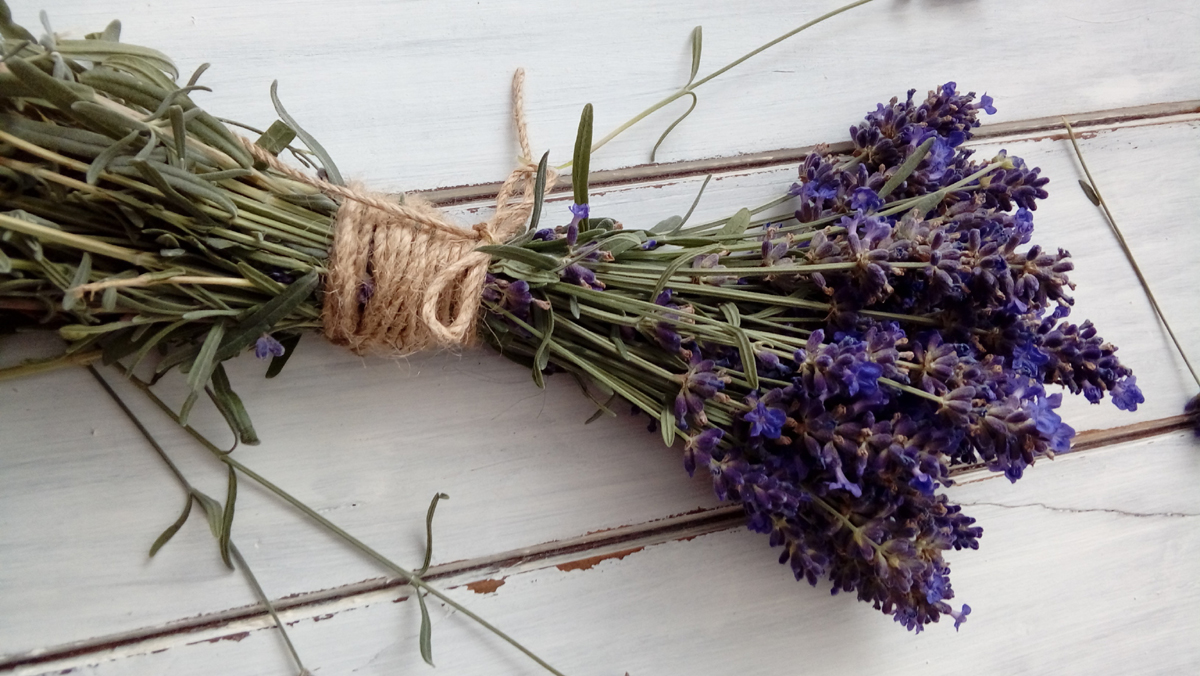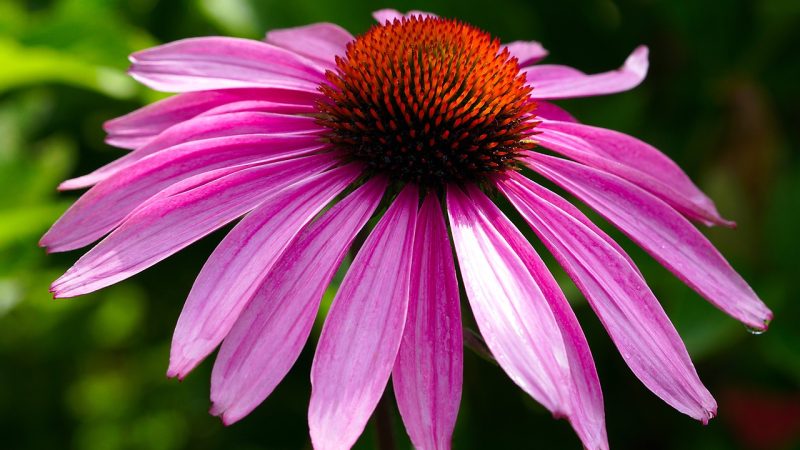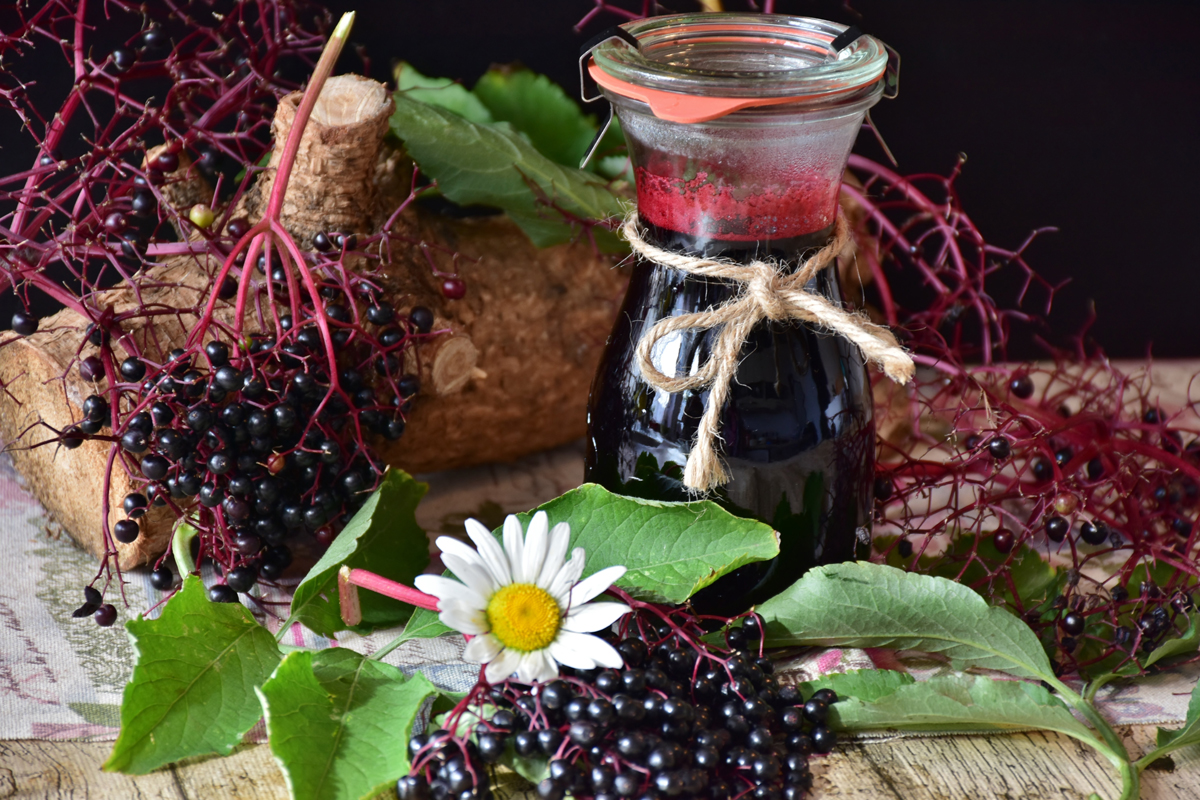Herb Garden Plants: Lily-of-The-Valley Heart’s Friend
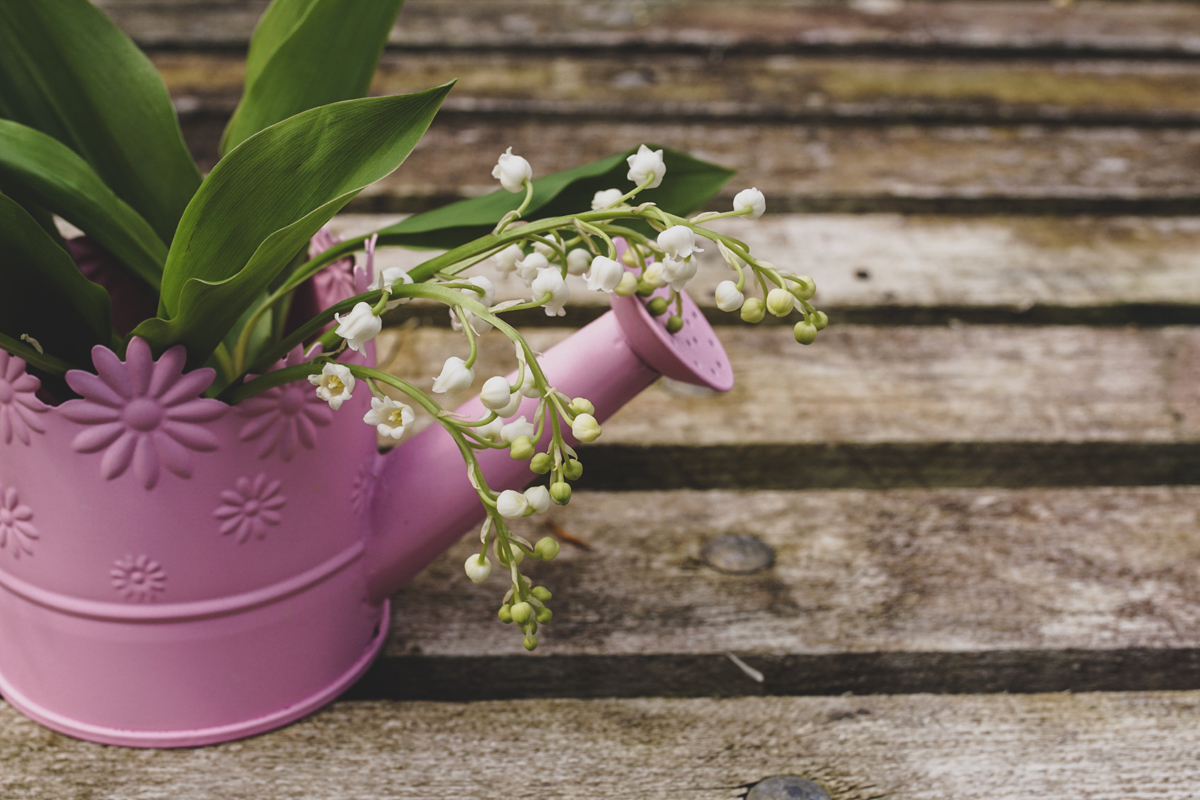
Convallaria majalis (Liliaceae)
Appearance
Herb garden plants named after their tendency to thrive in deep wooded valleys, these are found in most temperate areas in many parts of the northern hemisphere. In America Convallaria montana is cultivated to produce an even finer type of bloom. Consider these when looking for lily-of-the-valley herb garden plants for inclusion in your line up. The rhizomes tend to migrate and form thick mini copses. Pairs of broad spear shaped leaves accentuate hanging bell-like blooms from late in the Spring.
History
Many rural remedies were based on steeping lily-of-the-valley for cardiac conditions. Gerard was familiar with these herb garden plants and extolled their virtues thus: ‘The flower of the Valley Lillie distilled with wine . . restoreth speech unto those that have the dum palsie and are falne into the Apoplexie’. The holistic and herbal approach to practical remedies, as well as the famous doctrine of signatures, appears once again to have paved the way for modern science: modern convallamarin became a very important 20th century cardiac treatment drug.
Usage
Powdered flowers are a potent compound for tinnitis, vertigo and ear infections and chronic inflammation of the ears. The heady scent of the flowers of the lily-of-the-valley make these a highly desirable potpourri ingredient. Gerard claimed it had the virtue of strengthening the memory. The potted plants make an attractive indoor feature.
Cultivation
The crowns often take some time to become established and may even refuse to strengthen if they are not happy. Try and replicate the natural conditions where they thrive – they need a dampish rich soil and and some shade to prosper. Take an established clump of roots in autumn, split up the roots and corms and use the healthiest for re-potting in some good peat compost – place in a sheltered spot for best results. Split up roots after flowering and plant out the roots having visible growth buds. (Best done in summer.) Use conditions as listed above to achieve the best results for your new herb garden plants.
The Author:
Pete Steel has grown herbs for 25 years in several different climates and soils. He gives out herb garden information and writes about herb garden plants.

